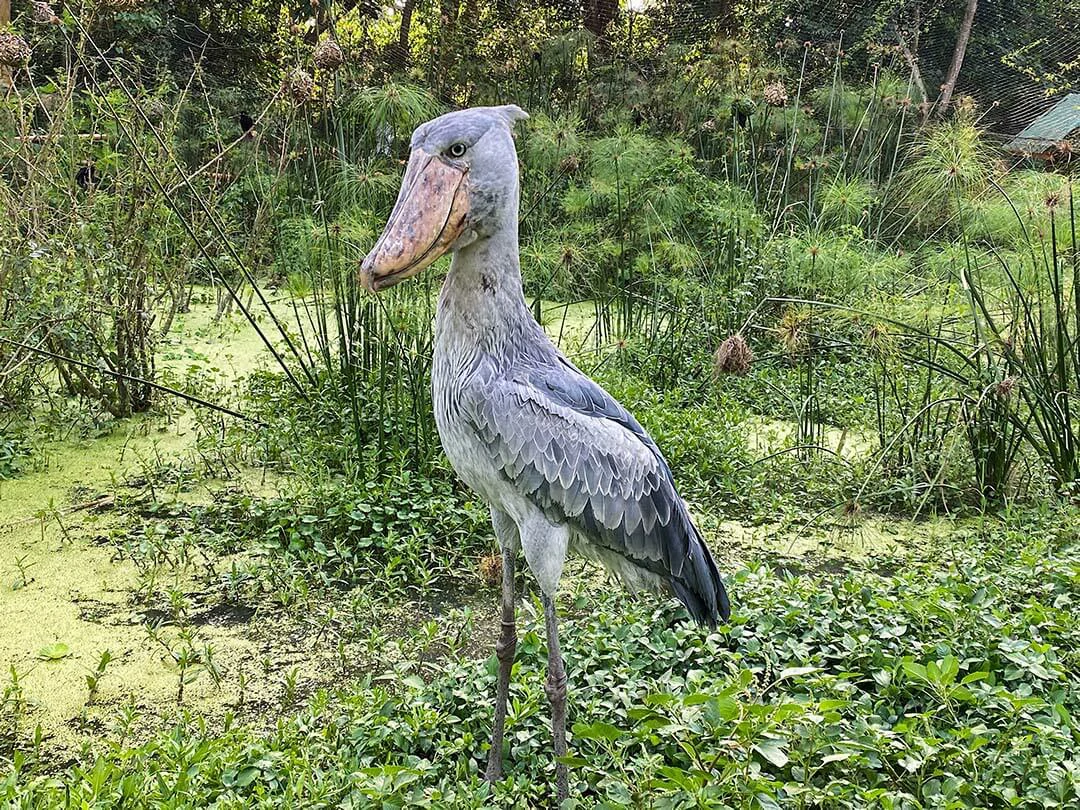
BIRDING IN
Boma National Park

BIRDING IN
Boma National Park

BIRDING IN
Boma National Park

BIRDING IN
Boma National Park
Boma National Park is a protected area in eastern South Sudan near the Ethiopian border. It was established in 1986 and covers 22,800 kilometers squared of grasslands and floodplains. It lies between the rivers Kangen to the west and Oboth in the north-east and from the Kurun River and the provincial boundary in the south to the Guom swamps in the north. Two thirds of the park is flat flood-plain, punctuated by a number of isolated hills, rising to undulating terrain in the east to reach the Boma plateau at 1,100 meters. In the south-east the Boma hills rise above the plateau and are drained eastwards into the Oboth and Akobo rivers and thence, eventually, into the Guom swamps.
The western part of the park drains into the Kangen River. The western plains support open grassland of Hyparrhenia, Pennisetum, Sporobolus and Echinochloa spp, while eastern parts are covered with woodland dominated by Combretum and Ficus spp. In patches around the isolated hills are areas of dense thicket. The park is located a little way south of Gambella National Park in Ethiopia.
It is also an important bird area: avifauna includes Ruppell's vulture and the black-chested snake eagle. The neighbouring Gambela National Park in Ethiopia protects similar species. The park is home to a large number of animals and is one of the largest national parks in Africa. Between March and April, one of the largest migrations of animals occurs here. It is the rainy season and the animals escape the floods to higher land to graze on the blooming pastures. Over 2 million animals including antelopes, gazelles, zebras, and kobs migrate from the Sudds swamps through the park to the Ethiopian highlands.
The Sudd Wetland, another important conservation area whose name is derived from the word “barrier” or “obstruction” in Arabic, is the largest swamp in the world, covering an area of 57,000 square kilomters. The Sudd is conserved as a Ramsar site and an important birding area. Over 450 species have been recorded here. Sudd has water all through the year and is an important feeding site for both wildlife and humans in the drier season. With fertile soils, people have inhabited the small floating islands where they mainly fish but also spare some land for subsistence farming. These cultures can be visited especially in places like the villages near Bor, Jonglei.
Water birds flock in plenty as they take advantage of the plentiful prey available here. The Sudd is one of the areas that host the most number of Shoebill Stocks in Africa. Look out for plovers, kingfishers, herons, as well as raptors. Look out for Ethiopian bee-eater, Rufousrumped lark, Cinnamon bracken warbler, Schlegel's Francolin, Clapperton's Francolin, Wing-snapping cisticola, Black coucal, Black-crowned crane, and so many more.
Three protected areas exist within the Sudd that is Shambe National Park and Fanyikang and Zeraf Game Reserves, all within the Bahr-el-Jebel system of the Sudd, the part of the swamps that will be most affected by the Jonglei canal, as and when completed. The Sudd swamps are the seasonally inundated flood-plain of the upper White Nile. They can be divided into four largely distinct sections, of which the Bahr-el-Jebel is the central system and thought to be the most important for birds. The other sections are the Bahr-el-Ghazal system to the west, the Sobat - Baro - Pibor river system to the east and the smaller Machar marshes to the north-east. The Bahrel-Jebel system consists of two main rivers, the Bahr-el-Jebel, the main course of the White Nile, to the west and the smaller Bahr-ez-Zeraf to the east. The incomplete Jonglei canal lies a little further east. The area is extremely flat with an average slope of only 10 centimeters per kilometers. The habitats of the area consist of a variety of wetlands, grasslands and woodlands. The wetland can be divided into flowing waters, lakes and permanent swamps.
Our Experts are ready to provide answers
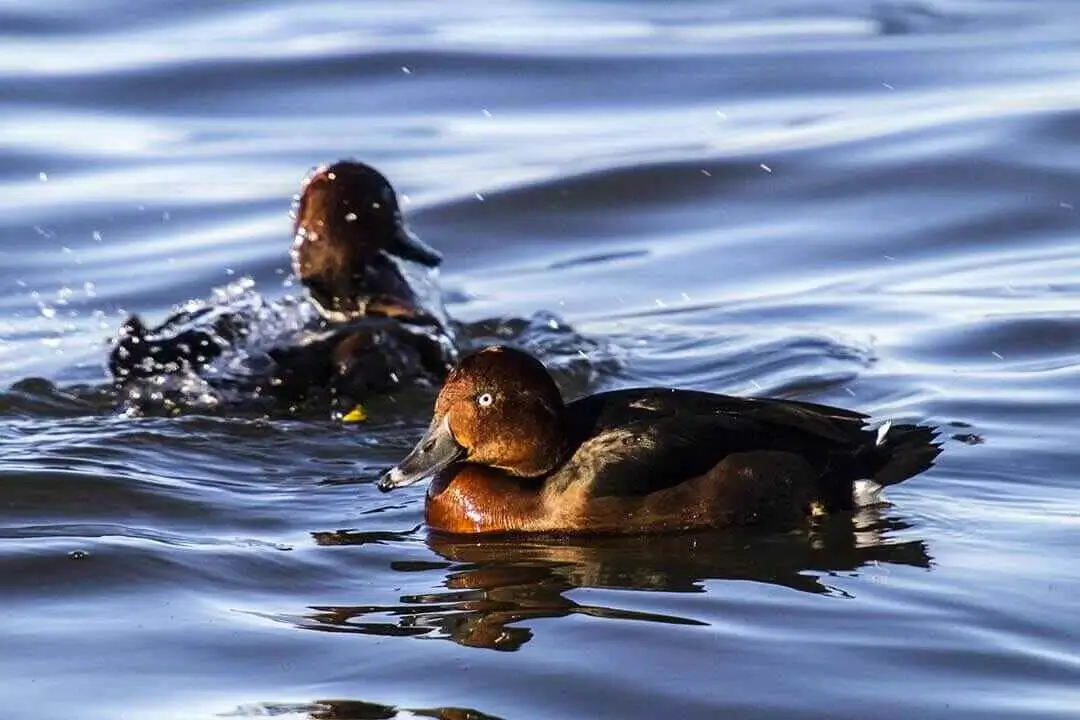
This Park absorbed Mongalla Game Reserve, and roughly the park is now 10,100 kilometers area. This park also contains large marshlands stretching up into Jonglei State.
Read More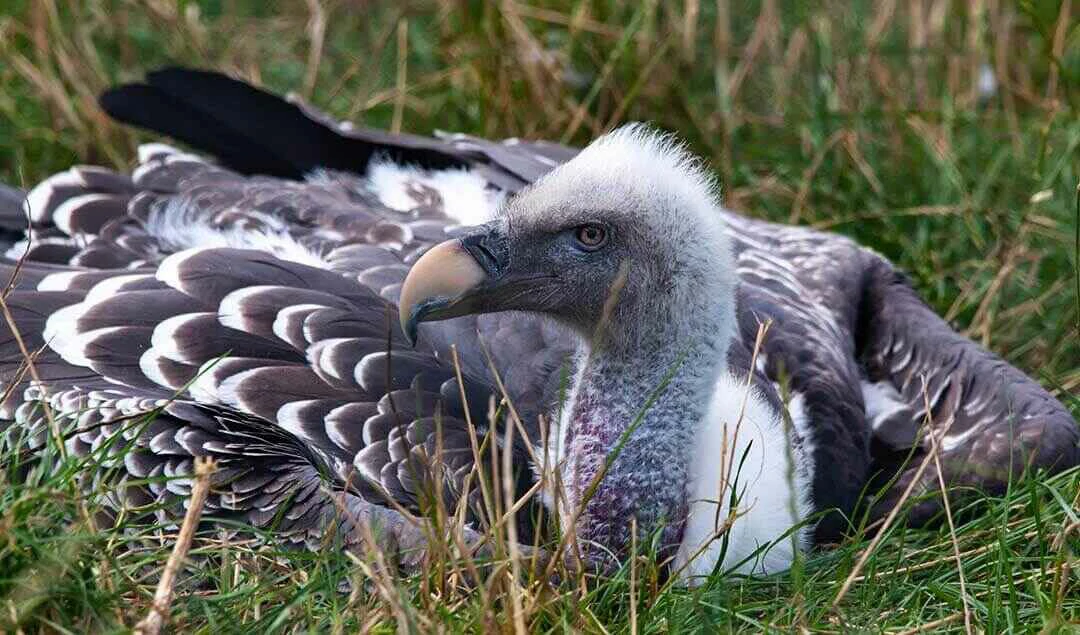
Birdwatchers are in for a treat, too, because they might chance upon black-chested snake eagles and Ruppell's vultures in the area.
Read More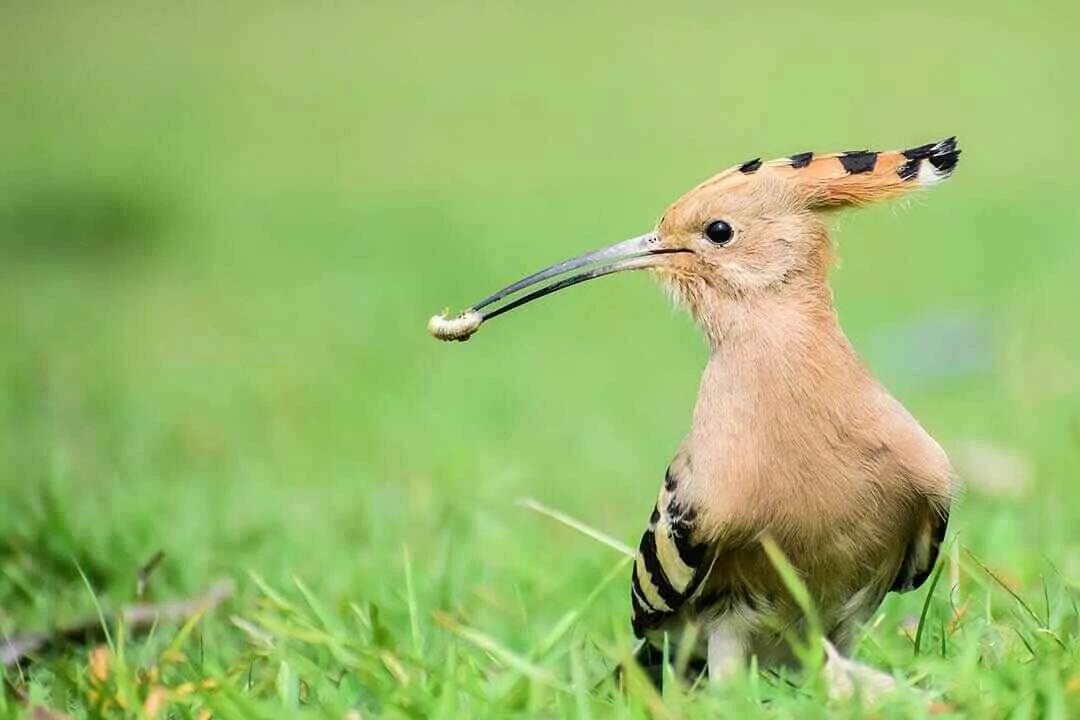
Biodiversity in Nimule National Park and the surrounding buffer suffered intensive threats e.g. poaching, human encroachment, cattle keeping, deforestation and other anthropogenic activities that were carried out by people living nearby during the South Sudan 2013 - 2019 civil war.
Read More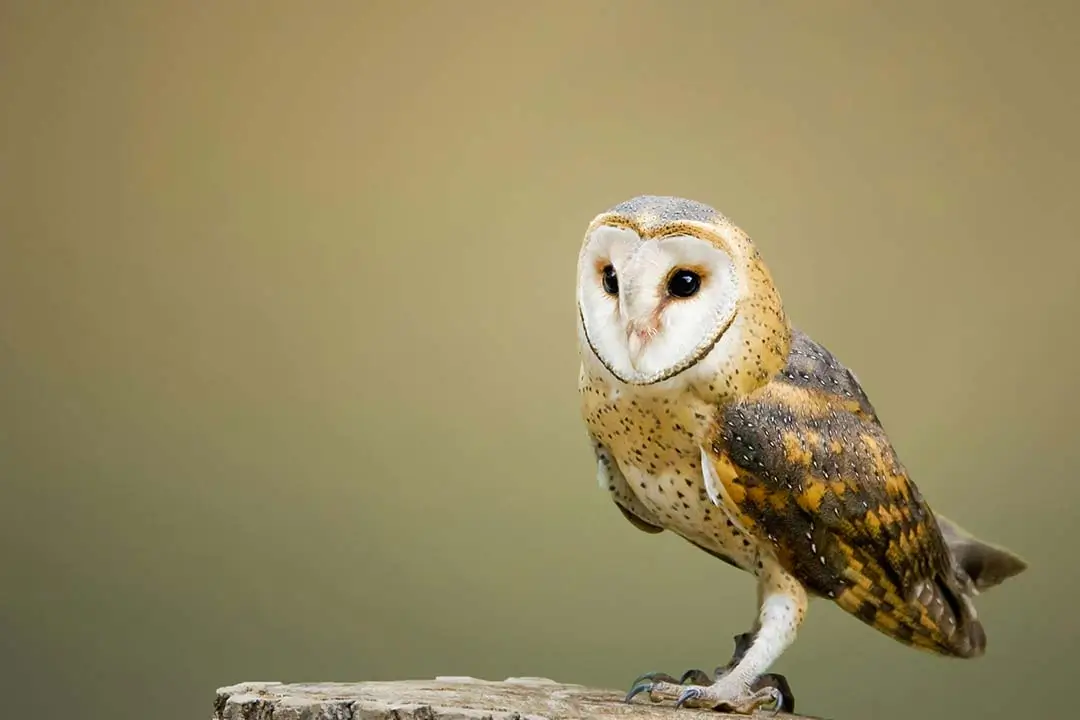
The Shambe National Park is found in South Sudan. It was established in 1985 and extends over an area of 620 kilometers. The national park is in the remote area of Adior and extends southward to Malek near Ramciel.
Read More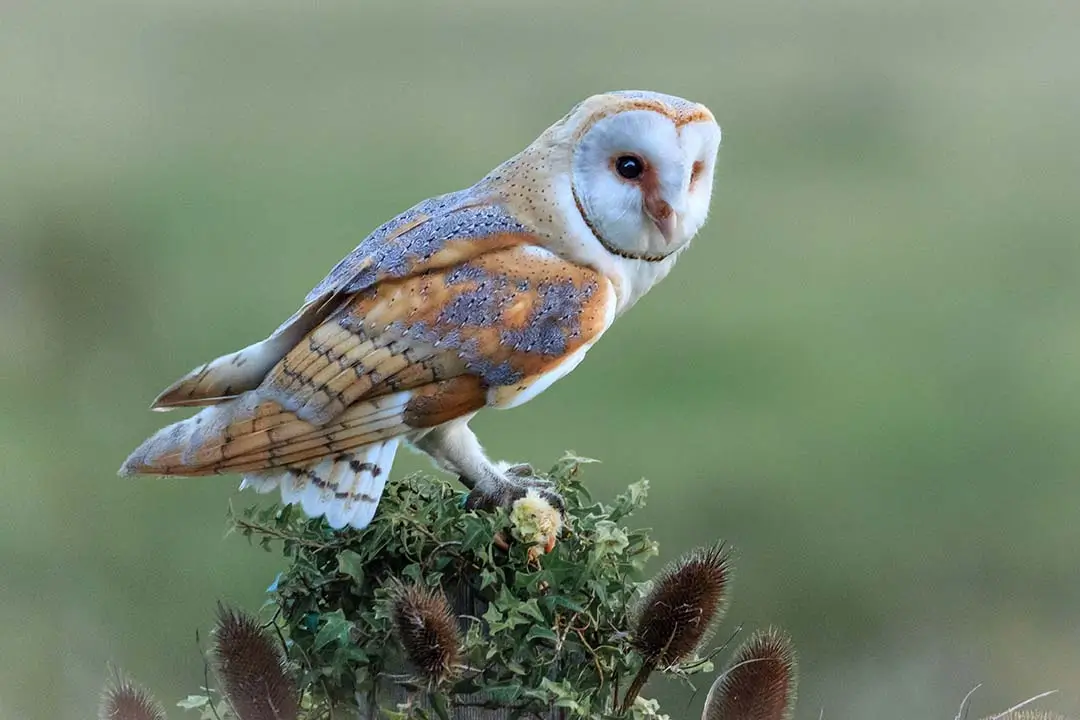
Southern National Park was founded in 1939 and occupies an area of 23,000 square kilometers. Three rivers drain the park. Southern national park is the largest national park in South Sudan offering game drive opportunities to spot giraffes, Elephants, Buffaloes, oribi, kobs, warthogs, lions, and hartebeests among several other wildlife species.
Read More